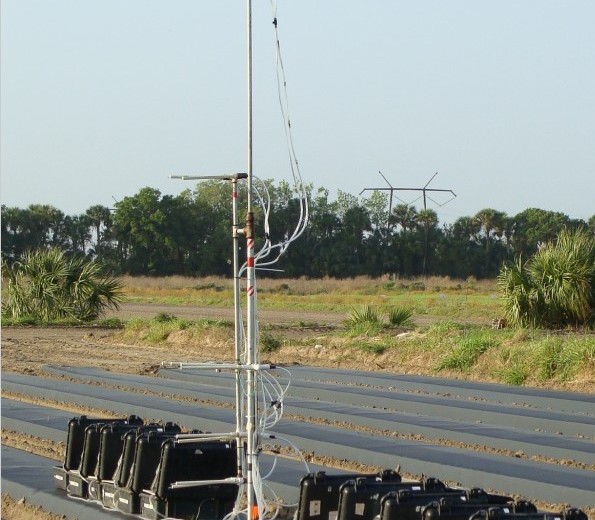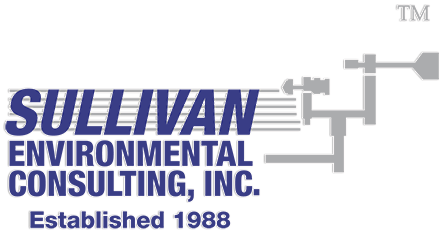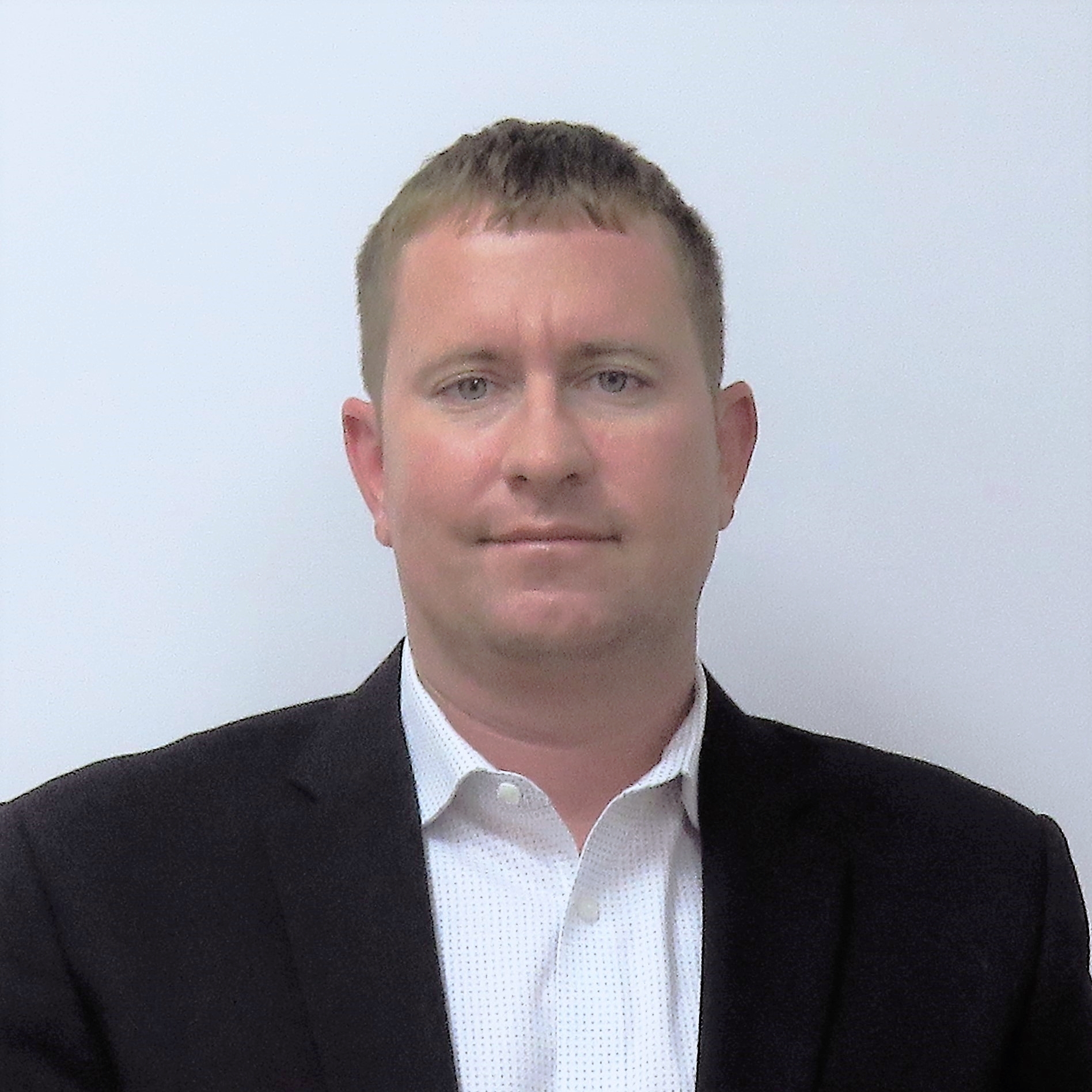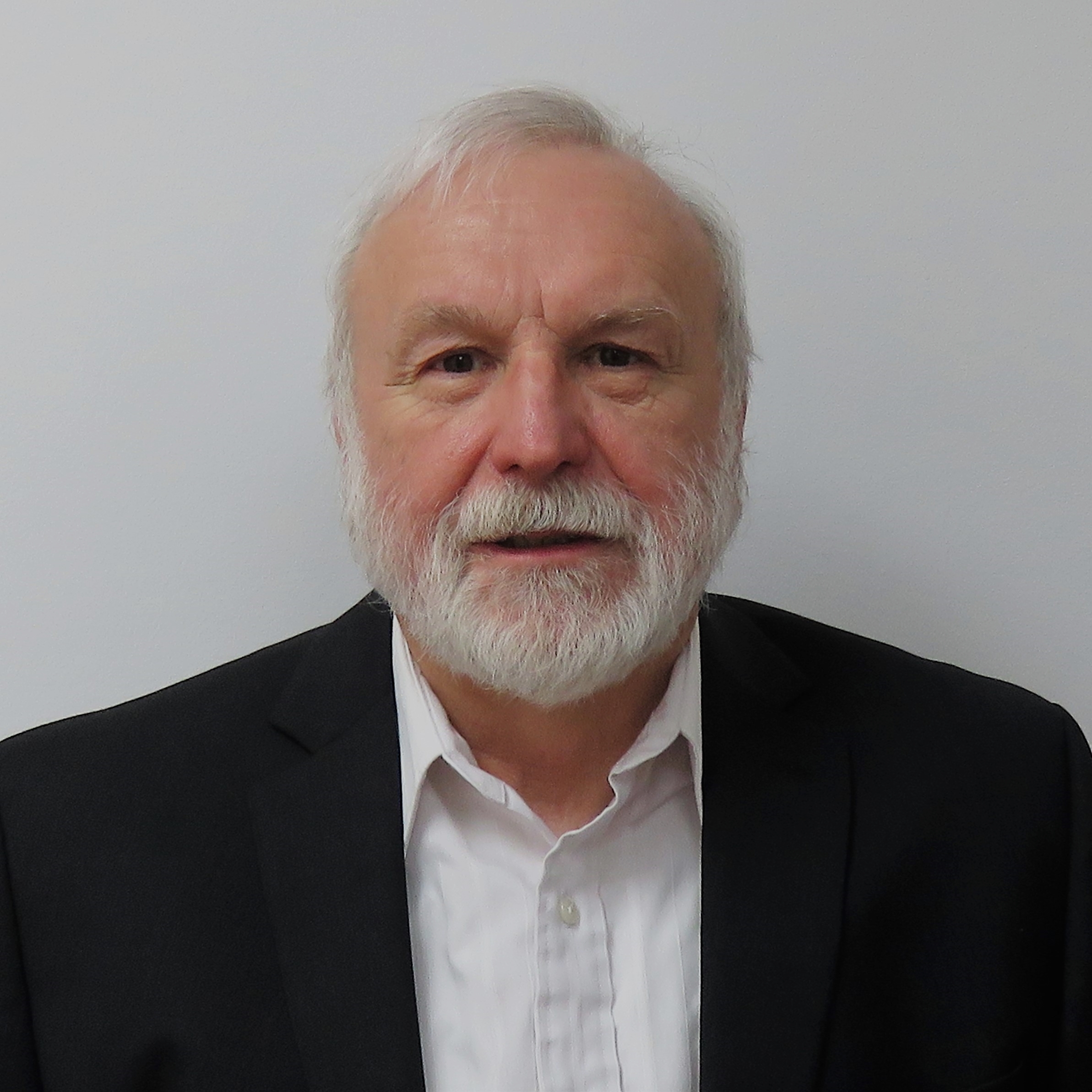- info@sullivan-environmental.com
- 1900 Elkin Street, Suite 200, Alexandria VA 22308
- (703) 780-4580
About Us
Air Dispersion Modeling Services and Air Sampling Services Experts.
Established in 1988, Sullivan Environmental provides a wide range of air quality consulting services nationwide and internationally. Our Certified Consulting Meteorologists, David Sullivan and Dennis Hlinka, have approximately 94 years of combined professional experience and have managed many of the U.S. Environmental Protection Agency’s largest studies of toxic air pollution in the United States and in Eastern Europe.
Our Experience is Multi-faceted and Extensive.
At Sullivan Environmental, we have managed complex modeling projects and legal cases involving air quality and meteorological expert analysis. Our onsite air monitoring (air sampling) services for industrial, government, and commercial clients include personal worker exposure air monitoring, assessment of the air for TO17 compounds, EPA Hazardous Air Pollutants (HAPs) sampling, odorant sampling, and semi quantitative compound detection.
In addition, we have provided modeling support for air quality permits involving the chemical industry, hazardous waste incineration, a municipal incinerator, the cement industry, paint industry, iron & steel, smelters, mobile source-related impacts for major development projects, indirect exposure assessment for incineration impacts, and exposure assessment for numerous pesticide products. Permits include air quality permits to construct and Prevention of Significant Deterioration.
You can rely on our decades of experience and high quality service for all of your atmospheric air quality modeling, air quality monitoring, and expert air quality related litigation support needs.

How Can We Help You With Your Air Quality Requirements?
Contact us today to Learn More.
Our Mission/History
Mission:
We develop and implement intelligent atmospheric air quality modeling, air quality monitoring, and expert air quality related litigation support solutions that efficiently achieve clients’ objectives.
History:
Incorporated in 1985 as a Virginia Corporation, Sullivan Environmental opened its doors for business in January of 1988. During the 1980’s and early 1990’s, Sullivan Environmental served primarily as an EPA contractor. Our staff was responsible for managing and conducting approximately 10 urban-scale air quality studies, with eight of these studies in U.S. metropolitan areas and three studies in Eastern Europe (Russia, Czech Republic, and Poland).
In 1987 and 1988, the staff of Sullivan Environmental provided extensive modeling support to the EPA Office of Solid Waste. This project was focused on evaluating exposures to metal releases from incineration. Modeling was conducted in 30 areas throughout the U.S. and methodology was developed to support EPA’s efforts in this area.
In 1989 during the EPA Kanawha Valley Study of Air Toxics, Sullivan Environmental developed the first prototype version of what was eventually named the EPA TOXST model. This model employed Monte Carlo methods to more realistically model acute exposures. Mr. Sullivan and Mr. Hlinka were the principal analysts for the study initiated by the EPA Administrator, Lee Thomas, subsequent to the Bhopal tragedy in India. The primary area of that review was a cancer risk assessment associated with the major chemical industries in the Kanawha Valley of West Virginia (Charleston area).
During the mid-1990’s, Sullivan Environmental was retained by Allegheny County, Pennsylvania (Pittsburgh) to provide assistance in the development of a State Implementation Plan (SIP) for coke oven operations in the Pittsburgh area. Support included conducting meteorological studies, software development, and air modeling assistance. The SIP was approved as a model-based SIP for coke oven operations.
In 1993, Sullivan Environmental developed the current version of the EPA TOXST model. Our firm was retained by EPA after developing a successful prototype under contract to a major chemical manufacturing organization. This model provides the opportunity to reduce the degree of conservatism when modeling short-term exposures to air toxics from sources that emit on a variable or batch basis.
From 1997 to the present time, the firm has been heavily involved with evaluating and managing exposures associated with pesticide use in the agricultural setting. Our staff has been conducting numerous large scale research studies that are composed of air sampling, meteorological sampling and analysis. This includes air modeling analyses, and evaluating measures to reduce exposures from the application of the agricultural fumigants. Sullivan Environmental has worked with the following fumigants: metam-sodium, chloropicrin, dimethyl disulfide, furfural, methyl bromide, 1,3-dichloropropene, and others. This work has resulted in the identification of methods to substantially reduce off-gassing rates and exposures for the major alternatives to replace the widely used methyl bromide fumigant which is being phased out as an ozone depleting substance. Sullivan Environmental developed the Monte Carlo modeling system FEMS, which was approved by the EPA Science Advisory Panel (SAP) to evaluate buffer zones.
In 1987 and 1988, the staff of Sullivan Environmental provided extensive modeling support to the EPA Office of Solid Waste. This project was focused on evaluating exposures to metal releases from incineration. Modeling was conducted in 30 areas throughout the U.S. and methodology was developed to support EPA’s efforts in this area.
In 1989 during the EPA Kanawha Valley Study of Air Toxics, Sullivan Environmental developed the first prototype version of what was eventually named the EPA TOXST model. This model employed Monte Carlo methods to more realistically model acute exposures. Mr. Sullivan and Mr. Hlinka were the principal analysts for the study initiated by the EPA Administrator, Lee Thomas, subsequent to the Bhopal tragedy in India. The primary area of that review was a cancer risk assessment associated with the major chemical industries in the Kanawha Valley of West Virginia (Charleston area).
During the mid-1990’s, Sullivan Environmental was retained by Allegheny County, Pennsylvania (Pittsburgh) to provide assistance in the development of a State Implementation Plan (SIP) for coke oven operations in the Pittsburgh area. Support included conducting meteorological studies, software development, and air modeling assistance. The SIP was approved as a model-based SIP for coke oven operations.
In 1993, Sullivan Environmental developed the current version of the EPA TOXST model. Our firm was retained by EPA after developing a successful prototype under contract to a major chemical manufacturing organization. This model provides the opportunity to reduce the degree of conservatism when modeling short-term exposures to air toxics from sources that emit on a variable or batch basis.
From 1997 to the present time, the firm has been heavily involved with evaluating and managing exposures associated with pesticide use in the agricultural setting. Our staff has been conducting numerous large scale research studies that are composed of air sampling, meteorological sampling and analysis. This includes air modeling analyses, and evaluating measures to reduce exposures from the application of the agricultural fumigants. Sullivan Environmental has worked with the following fumigants: metam-sodium, chloropicrin, dimethyl disulfide, furfural, methyl bromide, 1,3-dichloropropene, and others. This work has resulted in the identification of methods to substantially reduce off-gassing rates and exposures for the major alternatives to replace the widely used methyl bromide fumigant which is being phased out as an ozone depleting substance. Sullivan Environmental developed the Monte Carlo modeling system FEMS, which was approved by the EPA Science Advisory Panel (SAP) to evaluate buffer zones.
Knowledge
Experience
Results
Knowledge
Our staff, who are experts in air quality and meteorology, has completed complex modeling assignments for the government and industrial clients and can meet your modeling needs.
Experience
Our Certified Consulting Meteorologists have approximately 80 years of combined professional experience.
Results
For 30+ years, we have successfully managed many of the U.S. Environmental Protection Agency’s largest studies of toxic air pollution in the United States and in Eastern Europe.
Our Process
The Atmospheric Dispersion Modeling Process
01
Results-oriented
We partner with industrial, government, and commercial clients to deliver innovative, intelligent and cost-effective solutions.
02
Modeling
We provide onsite air monitoring services, assessment, sampling, and semi quantitative compound detection services.
03
Preparing to study
We then prepare to conduct a wide range of air quality studies and meteorological-related research.





